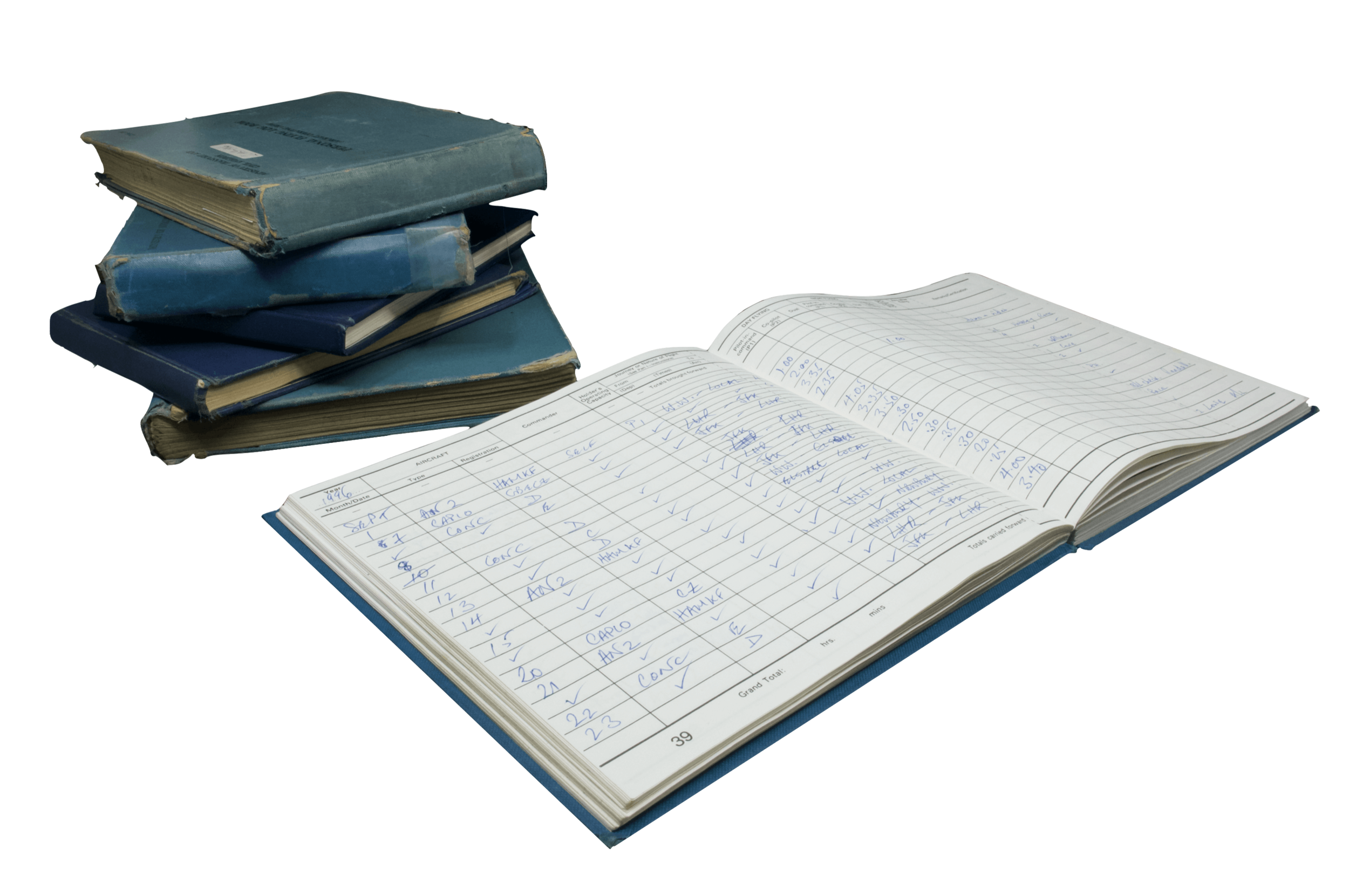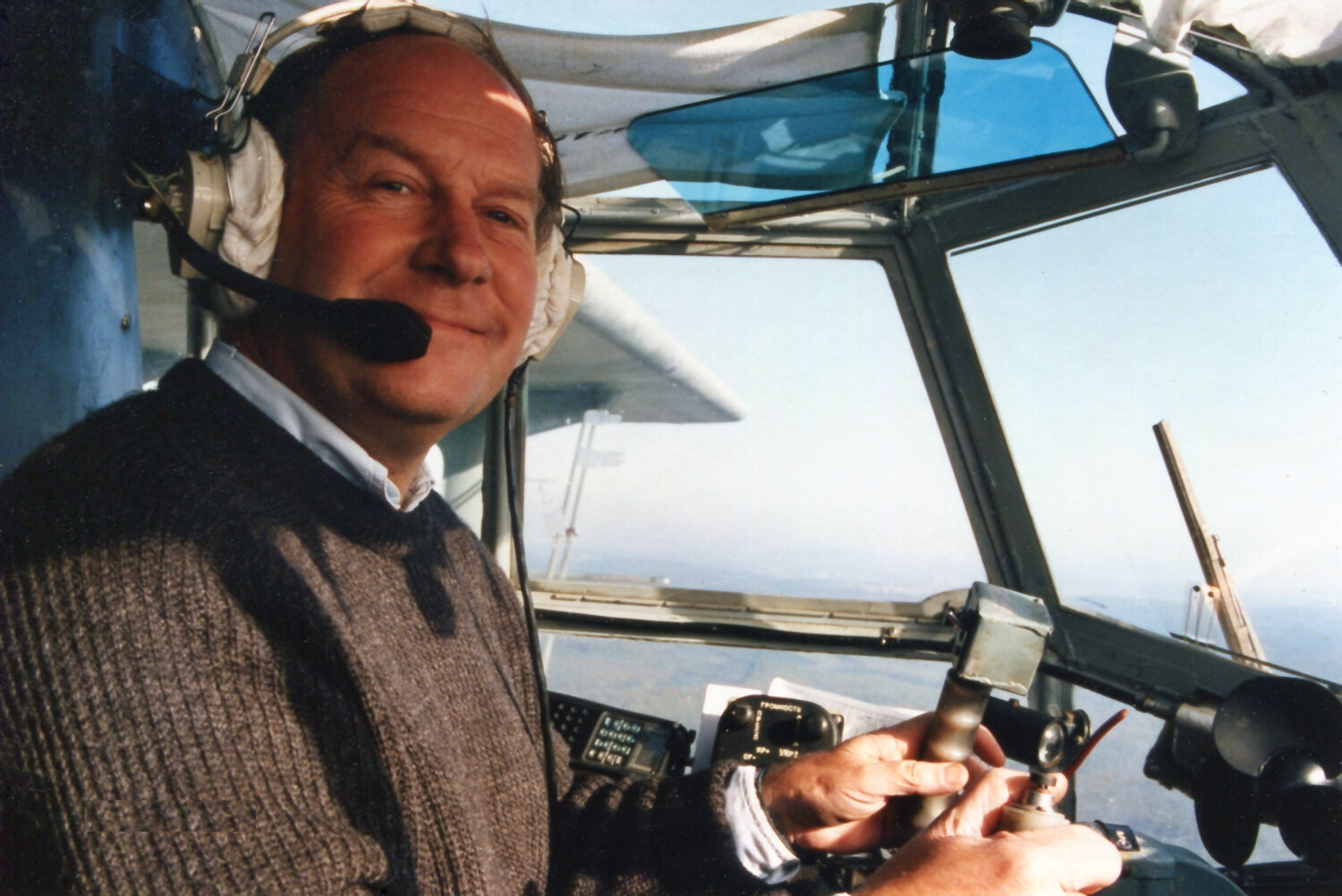
Things that fly, the people who fly them, how and why they do it.
The Blog
Things that fly, the people who fly them, how and why they do it, topics raised by the process? The idea of this blog title emerged as a ten year task of writing an account of a 40 year career of powered piloting neared its conclusion. That’s long enough, I thought, but the troll through the logbooks had raised so many forgotten memories, and encouraged a reassessment of cause and effect, that I realised there were additional things I could have written. This is a communicating beginner’s problem – the instinct to tell them all you know, once you’ve started – and I thought an appendix of various essays, magazine articles, letters and so on might be a good idea. But the book would be too long, and run an increased risk of reader burnout, so this idea was dropped; hence the blog.
The Author
Michael Riley
Michael (Mike) Riley learned to fly the Tiger Moth and gained a pilot's licence in 1959, aged 17. In 1960 he left school to be a member of the first intake of the College of Air Training, then progressed in 1962 to British European Airways where he flew the Vickers Vangurd for two years. A change of scene seemed a good idea and he transferred to BOAC, first learning to navigate the Comet 4, then flying the Boeing 707, B747,and VC10. Whilst appreciating the excellent qualites of the B747 as an agreeable means of transport it also gave him a look into the future so in 1980 he left the VC10 and returned to the B707 and its newly-discovered pastures new. He joined the Concorde fleet in 1984, remaining until compulsory retirement in 1997. He was a training captain on VC10, B707 and Concorde. But all of that had been employment. To fill in the gaps he acquired an assistant instructor's rating in 1964 and part-timed at the Airways Aero Club. He joined the Tiger Club at much the same time and worked on his aerobatics as a competitive sport. Formation flying and display participation were other curricular essentials for TC enthusiasts - as a way of life. Domestic then world championship participation followed over the years, and he was chief judge at the World Aerobatic Championships in 1990. Retirement from powered flying in 1997 was followed by learning to paraglide in 1998 in Switzerland. In 2009 he was invited by the FAI to write a paper about the reasons for the serious accident rate in paraglider racing competitions (from the point of view of one with experience of another FAI sport at world level). He decided to retire from paragliding in 2018 age 76. There are non-flying interests but this CV is long enough, and a blog and a book may reveal them.

